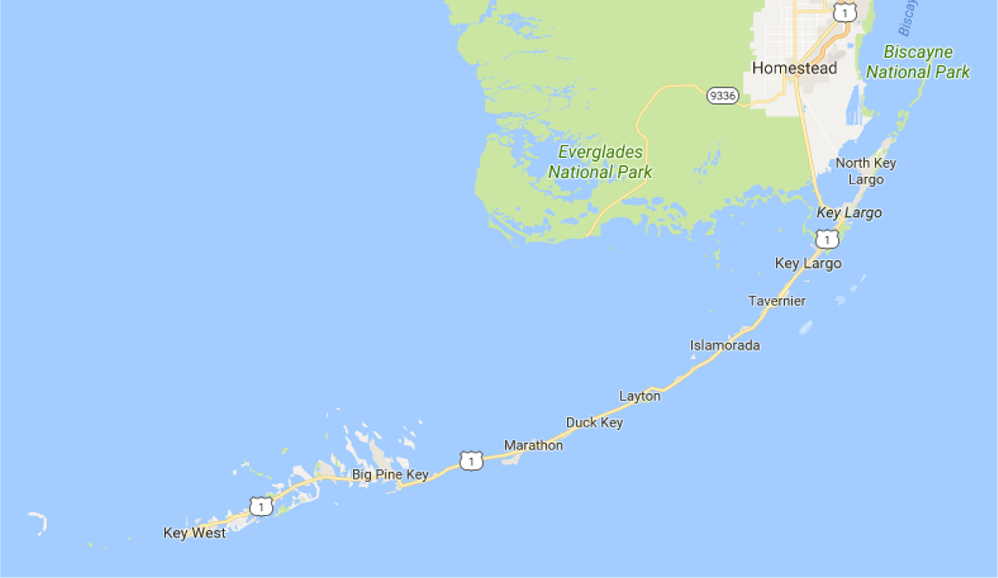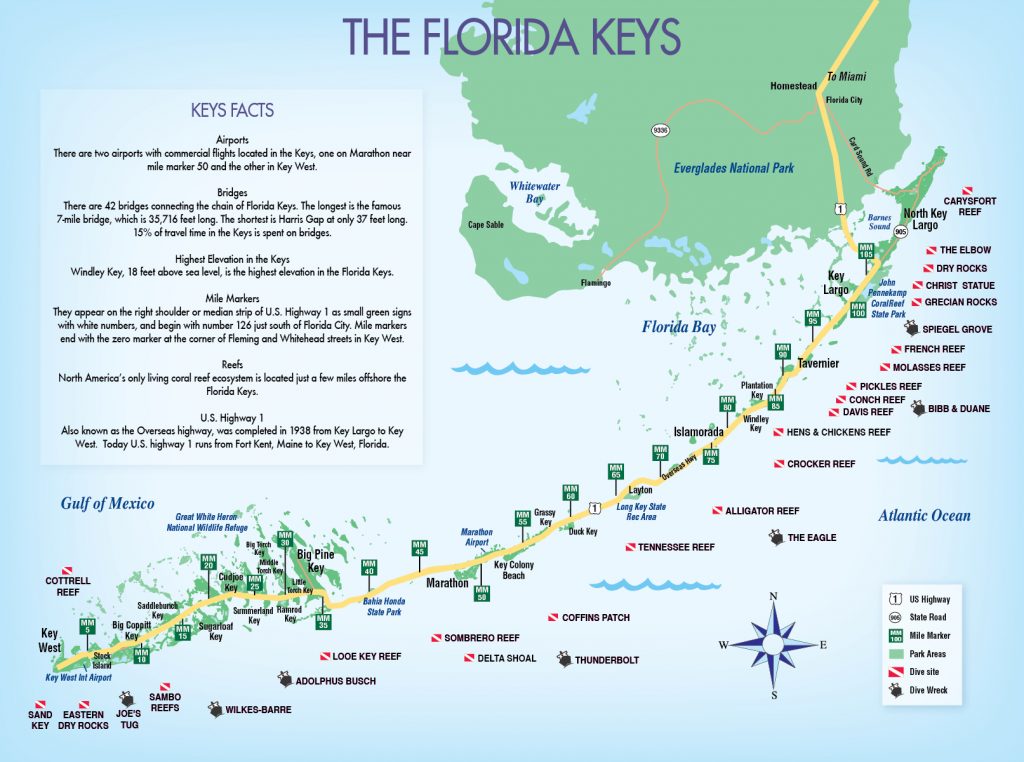

Commercial use would require a special use permit. There are some beaches that are accessible to the public (Boca Grande, Woman Key, Marquesas Keys), but the islands are closed (to protect sensitive plants and wildlife) above mean high tide. The waters surrounding the islands are open for wildlife-dependent activities such as wildlife and wildlands observation and photography, environmental education, and fishing. Some islands have special buffer zones, regulations regarding use of motors, or speed zones.

The Wilderness area consists of all the Marquesas Keys Mooney Harbor Key all the Gull Keys Boca Grande Key Woman Key Man Key Little Mullet Key Big Mullet Key Cottrell Key Archer Key Mule Key Barracouta Keys Joe Ingram Key Crawfish Key Sand Key Rock Key Eastern Dry Rocks all the keys west of Key West Crane Key Little Swash Keys Upper Harbor Key Big Spanish Key Little Spanish Key Crawl Key Little Pine Key Mangrove Water Key Mangroves Water Key Little Pine Key Horseshoe Keys West Bahia Honda Key Mayo Key Annette Key Howe Key Water Keys islands in Sections 14, 15, 23, and 26 Cutoe Key islands in Sections 19, 20, and 21 Johnson Keys islands in Sections 19, 29, 30, and 32 and parts of Raccoon Key.Īccess to these islands (above mean high tide) are permitted only with a special use permit, however, you are welcome to use the surrounding waters for boating, fishing and other permitted recreational purposes. Common vegetation includes black, white, and red mangrove, slash pines, Gumbo-limbo, Florida butterfly orchid, and yellowheart trees. Common wildlife on the islands includes the state-listed white-crowned pigeon, the endangered Lower Keys marsh rabbit, Key deer, iguana, loggerhead turtle, Atlantic green turtle, Atlantic hawksbill turtle, brown pelican, piping plover, roseate tern, Miami blue butterfly, reddish egret, and great white heron.

Rainfall is seasonal with wet periods extending from May through October and annual precipitation totals about 39 inches. The coldest average monthly temperature, 68.9 degrees F, occurs during January and the warmest mean monthly temperature, 83.8 degrees F, occurs in August. The southern latitude and maritime influences contribute to minimal seasonal variation. The Florida Keys experience the highest level of solar radiation in the State of Florida. Climate, here, is characterized as Tropical-Maritime with a mean annual temperature of about 77 degrees F. These Wilderness islands are characterized by flat topography which, at points, only rises to 6-10 feet above sea level. However, portions of Boca Grande, Woman, and the Marquesas Keys are open to wildlife-dependent recreations uses by the public. Furthermore, most of the Wilderness islands are closed to public access to protect the sensitive wildlife resources. Although beaches exist on some of the islands, tangles of mangroves make access to most islands difficult. They protect a seemingly endless expanse of sea, sky, and islands between the Gulf of Mexico and the Atlantic Ocean south of Florida's southern mainland coast. These islands are administered by the Fish and Wildlife Service as part of National Key Deer Refuge, Key West National Wildlife Refuge, and Great White Heron National Wildlife Refuge. Florida Keys Wilderness consists of many islands off shore of the main chain of non-Wilderness Keys that are bisected by US 1.


 0 kommentar(er)
0 kommentar(er)
